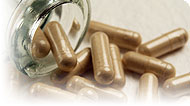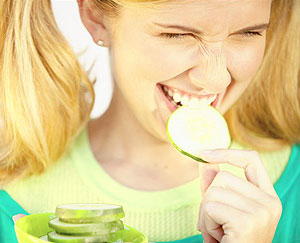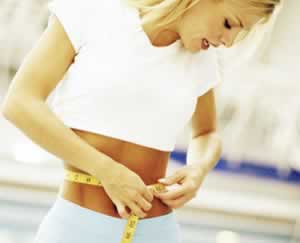
Why Do Athletes Use It?*
Some athletes say that creatine monohydrate helps build muscle mass and
improves performance and delays muscle fatigue during short-duration,
high-intensity exercise, such as sprinting or weight lifting.
What Do the Advocates Say?*
Creatine
is best for the serious bodybuilder. It helps increase muscle mass,
rather than muscle endurance, so it’s not well suited for athletes
participating in endurance activities. However, the increase in muscle
mass may be due to water retention and not an increase in muscle tissue.
*Athletes
and fitness advocates may claim benefits for this supplement based on
their personal or professional experience. These are individual opinions
and testimonials that may or may not be supported by controlled
clinical studies or published scientific articles.
For more Health Tips go to www.BTHWellnessCenter.com
How Much Is Usually Taken by Athletes?
Over
40 double-blind or controlled studies have found creatine
supplementation (typically 136 mg per pound of body weight per day or 15
to 25 grams per day for five or six days) improves performance of
either single or repetitive bouts of short-duration, high-intensity
exercise lasting under 30 seconds each.1, 2, 3, 4, 5, 6, 7
Examples of this type of exercise include weightlifting; sprinting by
runners, cyclists, or swimmers; and many types of athletic training
regimens for speed and power. About 15 studies did not report
enhancement by creatine of this type of performance. These have been
criticized for their small size and other research design problems, but
it is possible that some people, especially elite athletes, are less
likely to benefit greatly from creatine supplementation.8
Long-term use of creatine supplementation is typically done using smaller daily amounts (2 to 5 grams per day) after an initial loading period of several days with 20 grams per day. Very little research has been done to investigate the exercise performance effects of long-term creatine supplementation. One study reported that long-term creatine supplementation improved sprint performance.9 Four controlled long-term trials using untrained women,10 trained men,11 or untrained older adults found that creatine improved gains made in strength and lean body mass from weight-training programs.12, 13 However, two controlled trials found no advantage of long-term creatine supplementation in weight-training football players.14, 15
Long-term use of creatine supplementation is typically done using smaller daily amounts (2 to 5 grams per day) after an initial loading period of several days with 20 grams per day. Very little research has been done to investigate the exercise performance effects of long-term creatine supplementation. One study reported that long-term creatine supplementation improved sprint performance.9 Four controlled long-term trials using untrained women,10 trained men,11 or untrained older adults found that creatine improved gains made in strength and lean body mass from weight-training programs.12, 13 However, two controlled trials found no advantage of long-term creatine supplementation in weight-training football players.14, 15
Side Effects
Little
is known about long-term side effects of creatine, but no consistent
toxicity has been reported in studies of creatine supplementation. In a
study of side effects of creatine, diarrhea was the most commonly reported adverse effect of creatine supplementation, followed by muscle cramping.16 Some reports showed that kidney, liver, and blood functions were not affected by short-term higher amounts17, 18 or long-term lower amounts 19, 20
of creatine supplementation in healthy young adults. In a small study
of people taking 5–30 grams per day, no change in kidney function
appeared after up to five years of supplementation.21
However, interstitial nephritis, a serious kidney condition, developed
in an otherwise healthy young man, supplementing with 20 grams of
creatine per day.22 Improvement in kidney function followed
avoidance of creatine. Details of this case strongly suggest that
creatine supplementation triggered this case of kidney disease. Creatine
supplementation may also be dangerous for people with existing kidney
disease. In one report, a patient with nephrotic syndrome (a kidney
disorder) developed glomerulosclerosis (another serious kidney
condition) while taking creatine. when the creatine was discontinued,
the glomerulosclerosis resolved.23
Muscle cramping after creatine supplementation has been anecdotally reported in three studies.24, 25, 26
Muscle cramping after creatine supplementation has been anecdotally reported in three studies.24, 25, 26
Interactions with Supplements, Foods, & Other Compounds
At the time of writing, there were no well-known supplement or food interactions with this supplement.
Interactions with Medicines
As
of the last update, no reported interactions between this supplement
and medicines. It is possible that unknown interactions exist. If you
take medication, always discuss the potential risks and benefits of
adding a new supplement with your doctor or pharmacist.
For more Health Tips go to www.BTHWellnessCenter.com



